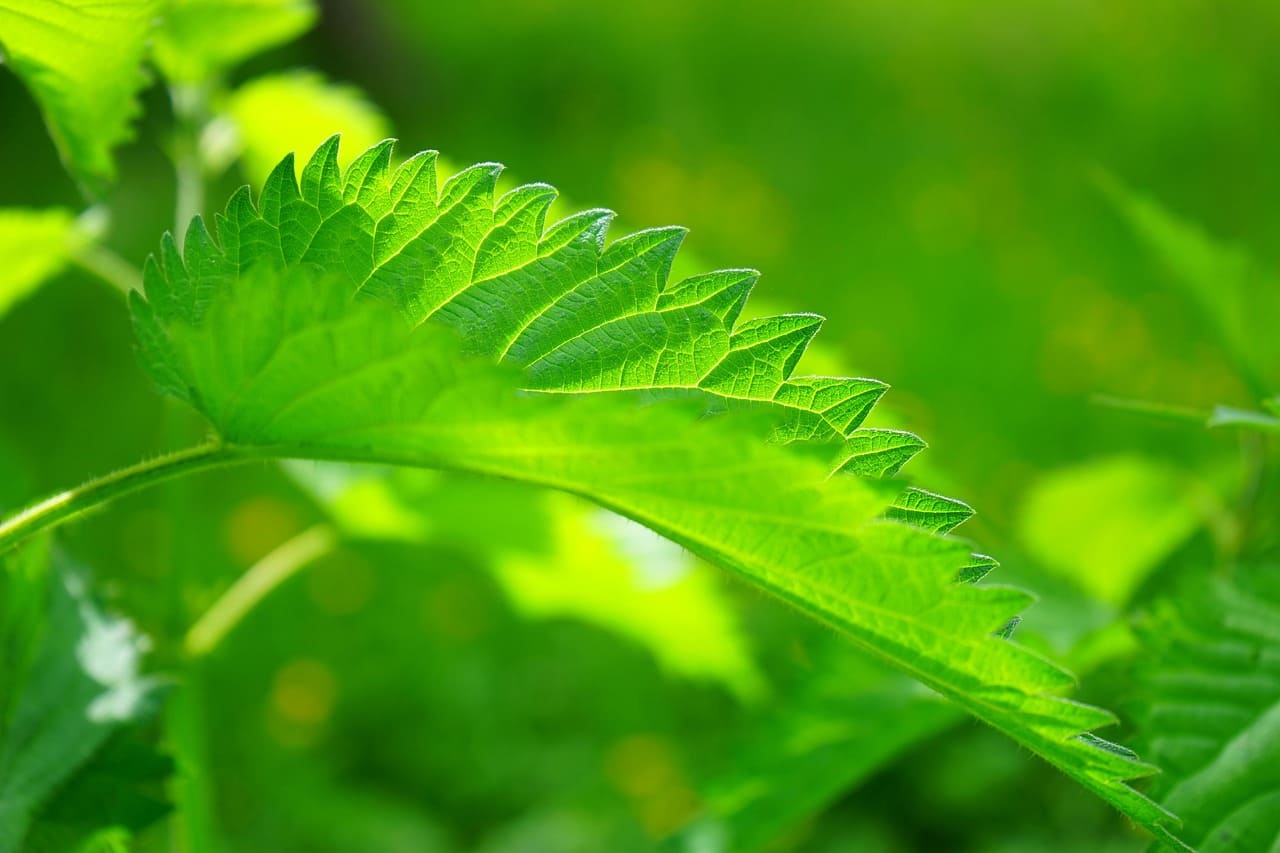The stinging nettle plant might not seem like a friend at first glance. With its jagged leaves covered in tiny hairs that can leave a temporary sting when touched, it has earned a reputation for being more foe than friend in the wild. But for centuries, herbalists and healers have looked beyond the sting to discover one of nature’s most nutrient-rich and versatile herbs. From the kitchen to the teacup, stinging nettle has earned a place as a cherished plant for both wellness and nourishment.
A Plant with Deep Roots in History
The use of the stinging nettle plant goes back thousands of years. Ancient civilizations, including the Greeks, Romans, and Egyptians, utilized nettle for a variety of purposes. The Romans famously used it to help warm their skin during cold marches, while early Europeans valued it as both a food source and a medicinal plant.
Today, the stinging nettle plant is celebrated for its nutritional richness. Packed with vitamins A, C, K, and several B vitamins, as well as minerals like iron, magnesium, and calcium, nettle leaves are often compared to leafy greens like spinach or kale in terms of their health benefits. Despite its initial sting, once cooked, dried, or steeped into tea, nettle loses its prickly nature and transforms into a gentle and nourishing herb.
The Many Forms of Stinging Nettle
One of the most popular ways to enjoy the stinging nettle plant is by turning it into stinging nettle tea. When dried and steeped, the leaves create a mild, earthy tea often described as refreshing and slightly grassy. Many herbal tea lovers reach for stinging nettle leaf tea not just for its taste but also for its potential wellness benefits. Traditionally, nettle tea has been associated with supporting joint health, energy levels, and even seasonal wellness.
Another part of the plant gaining attention is stinging nettle seeds. These tiny seeds are sometimes sprinkled into smoothies or baked goods or consumed on their own. Herbalists appreciate stinging nettle seeds for their potential adaptogenic qualities, meaning they may help the body adapt to occasional stress while supporting energy and vitality.
Whether you’re sipping stinging nettle leaf tea, cooking with young nettle leaves, or exploring the use of stinging nettle seeds, the versatility of this plant is truly remarkable.
Stinging Nettle Tea in Daily Life
For many, stinging nettle tea has become a daily ritual. Easy to make and naturally caffeine-free, it offers a gentle alternative to traditional teas or coffee. Some people enjoy blending stinging nettle leaf tea with other herbs to create flavorful wellness teas. For example, combining nettle with calming herbs like lemon balm or floral herbs like calendula creates a soothing, aromatic cup perfect for winding down in the evening.
Calendula, with its cheerful orange and yellow petals, is often celebrated for its skin-soothing properties and mild flavor. When paired with stinging nettle tea, the two herbs complement each other beautifully—nettles bringing earthy depth, calendula adding a delicate sweetness, and both contributing to overall well-being.
Cooking with Stinging Nettle
While tea might be the most common way to enjoy the stinging nettle plant, it’s far from the only one. In many cultures, young nettle leaves are cooked much like spinach or kale. Soups, pestos, and stir-fries often feature stinging nettle as a nutrient-dense green. Cooking or drying the leaves removes the sting, leaving behind a tender, mineral-rich vegetable that adds both flavor and nutrition to meals.
A Herb Worth Exploring
The journey from a prickly stinging nettle plant in the wild to a soothing cup of stinging nettle leaf tea or a sprinkle of stinging nettle seeds in your breakfast bowl is a testament to the transformative power of nature. For centuries, people have looked past the sting to find a plant brimming with benefits for both body and mind.
And when paired with other traditional herbs like calendula, stinging nettle tea becomes part of a broader herbal tradition that nourishes, soothes, and connects us to generations of natural wisdom. Whether you sip it daily, cook with its leaves, or explore its seeds, stinging nettle proves that sometimes the plants with the sharpest edges offer the gentlest gifts.

